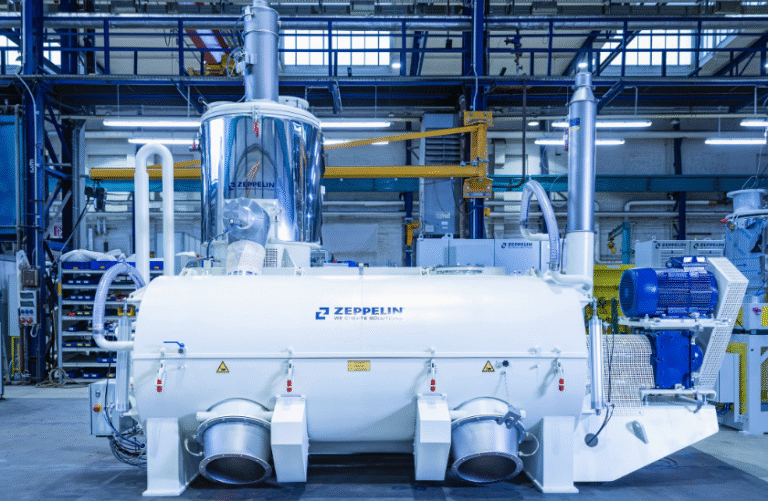How Machine Learning Works: A Beginner’s Guide
Machine learning represents a significant advancement in computational methodologies, enabling systems to identify patterns and make predictions based on data. It encompasses various techniques, primarily supervised and unsupervised learning, which differ in their reliance on labeled data. Through iterative processes, algorithms refine their accuracy and adapt to new information. As the scope of machine learning expands, its implications across industries warrant closer examination. Understanding its mechanisms can illuminate its transformative potential.
What Is Machine Learning?
Machine learning, a subset of artificial intelligence, involves the development of algorithms that enable systems to learn from and make predictions based on data.
This field encompasses various techniques, notably supervised learning, where models are trained on labeled data, and unsupervised learning, which identifies patterns in unlabeled data.
Such methodologies empower systems to adapt, facilitating informed decision-making and enhancing operational efficiencies.
See also: How AI Is Used in Predictive Maintenance
Types of Machine Learning
Understanding the various types of machine learning is fundamental for effectively applying these algorithms to real-world problems.
Supervised learning leverages labeled data, while unsupervised learning identifies patterns within unlabeled data.
Semi-supervised learning combines both approaches, enhancing performance with limited labeled samples.
Reinforcement learning, distinctively, optimizes through trial and error, allowing agents to learn from interactions with their environment, fostering autonomy in decision-making.
How Machines Learn From Data
Data serves as the foundation for the learning processes employed by algorithms in machine learning.
By analyzing data patterns, these algorithms identify correlations and insights that inform decision-making.
Through iterative cycles of training and evaluation, algorithm optimization occurs, enhancing performance and accuracy.
This learning paradigm empowers machines to generalize findings, adapting to new data while maintaining a robust understanding of underlying trends.
Real-World Applications of Machine Learning
The ability of algorithms to learn from data has paved the way for numerous real-world applications across various sectors.
In healthcare advancements, machine learning enhances diagnostic accuracy and personalizes treatment plans.
Additionally, in finance, it plays a critical role in fraud detection, analyzing transaction patterns to identify anomalies.
These applications highlight machine learning’s potential to transform industries and improve operational efficiency.
Conclusion
In conclusion, the intricacies of machine learning reveal a transformative power that extends far beyond mere algorithms. As these systems evolve and adapt, they inch closer to understanding the complexities of human decision-making. Yet, the journey is fraught with challenges, and the question remains: how far can these machines go? With each advancement, the boundary between human intelligence and machine learning blurs, leaving us to ponder the implications of a future where machines not only learn but also anticipate.






